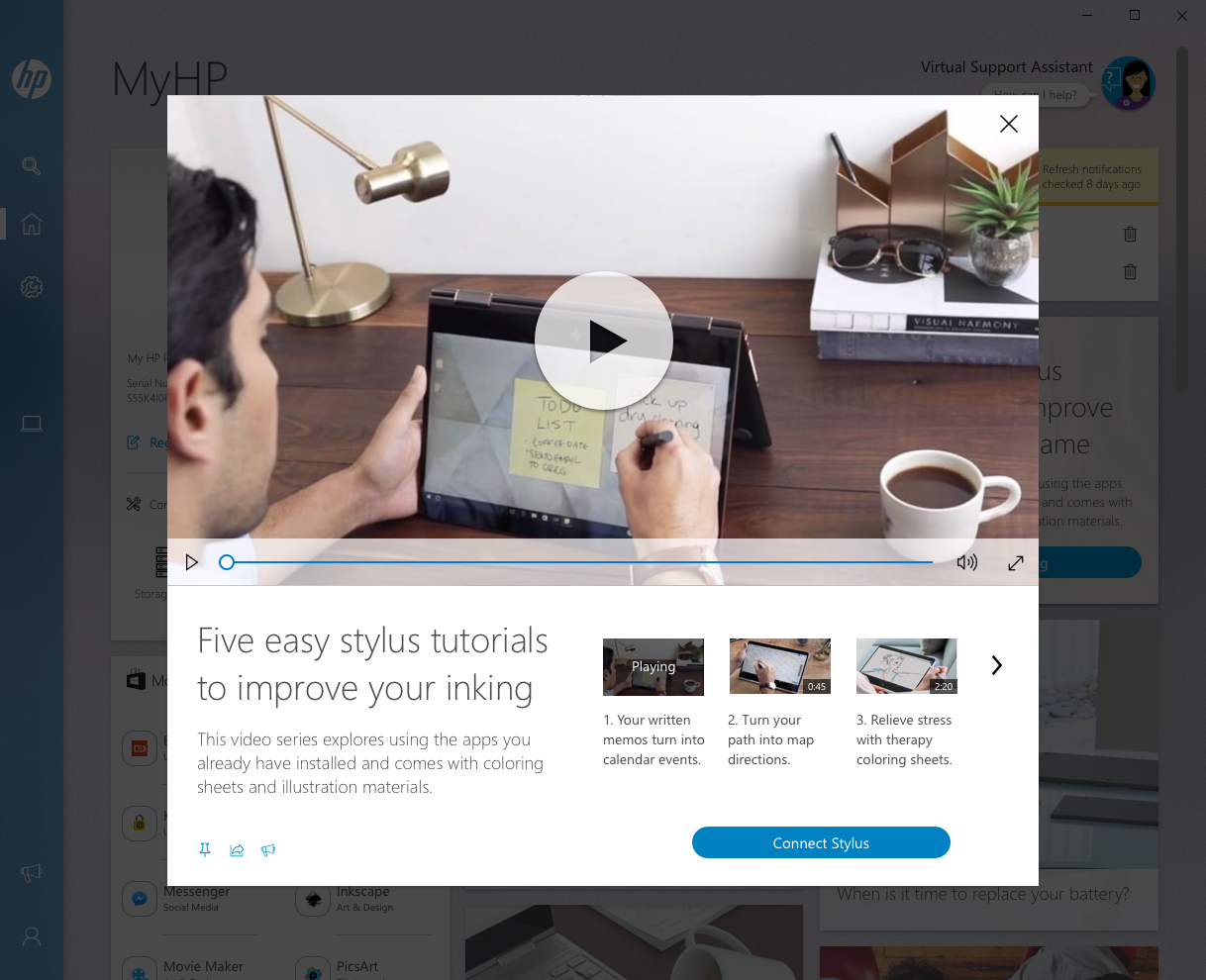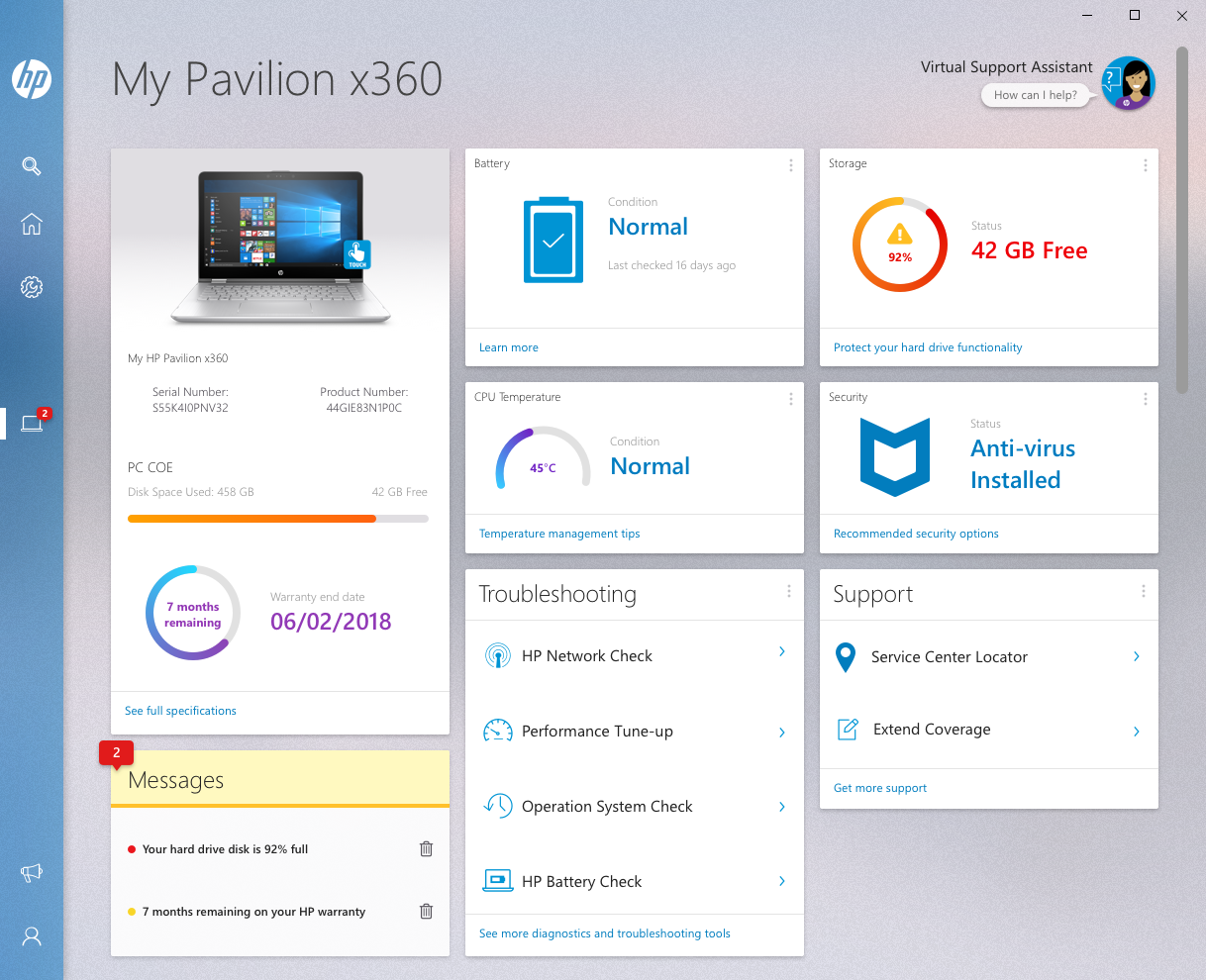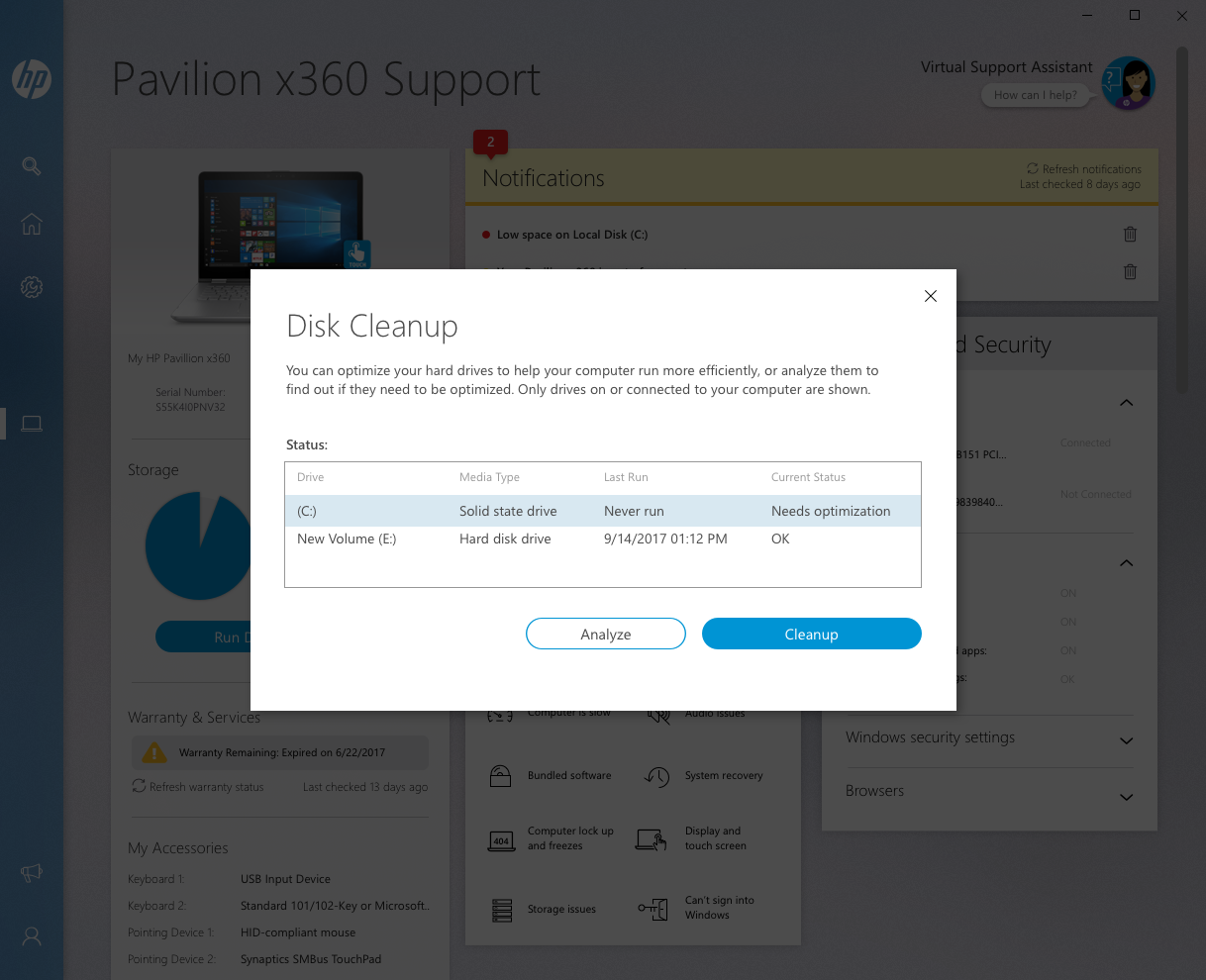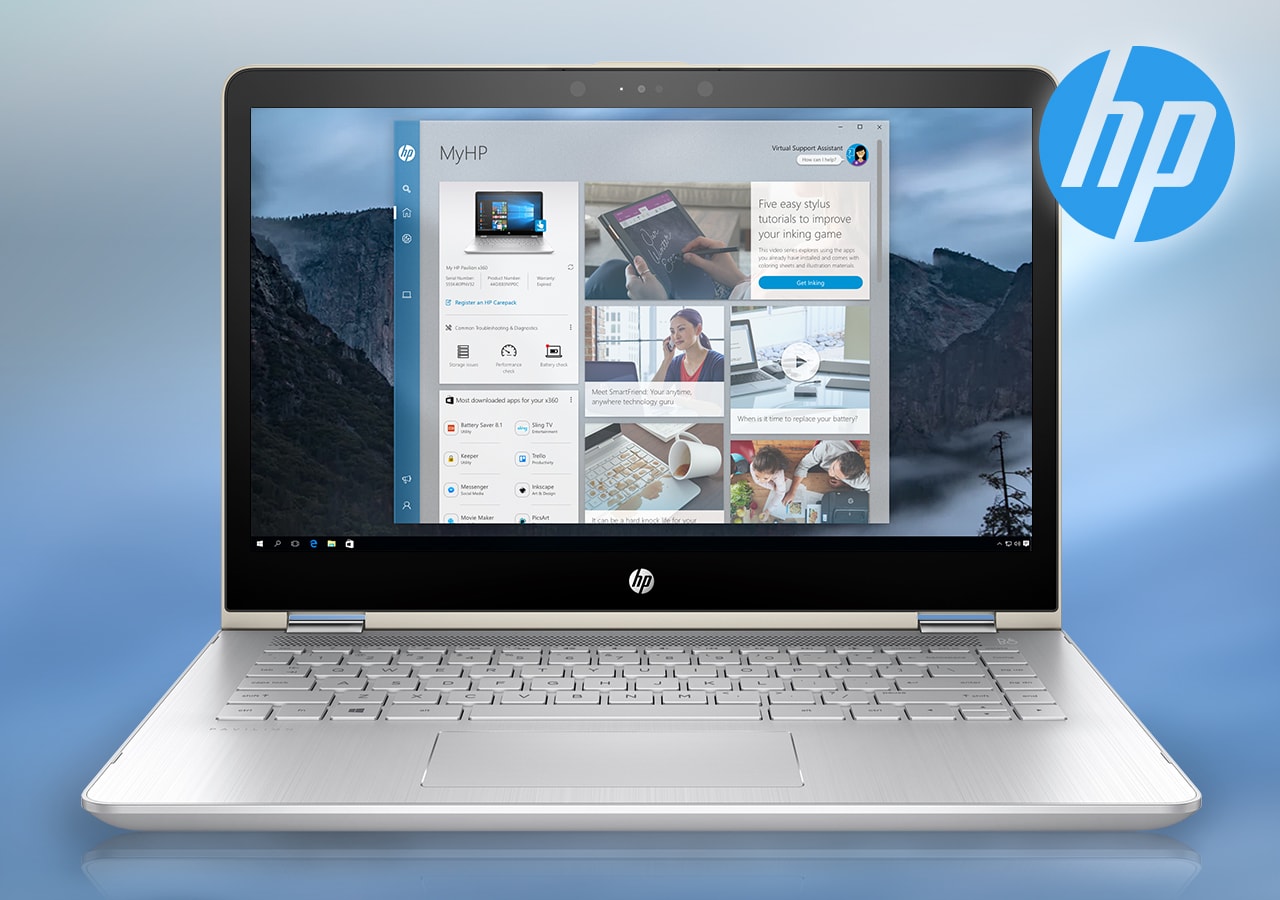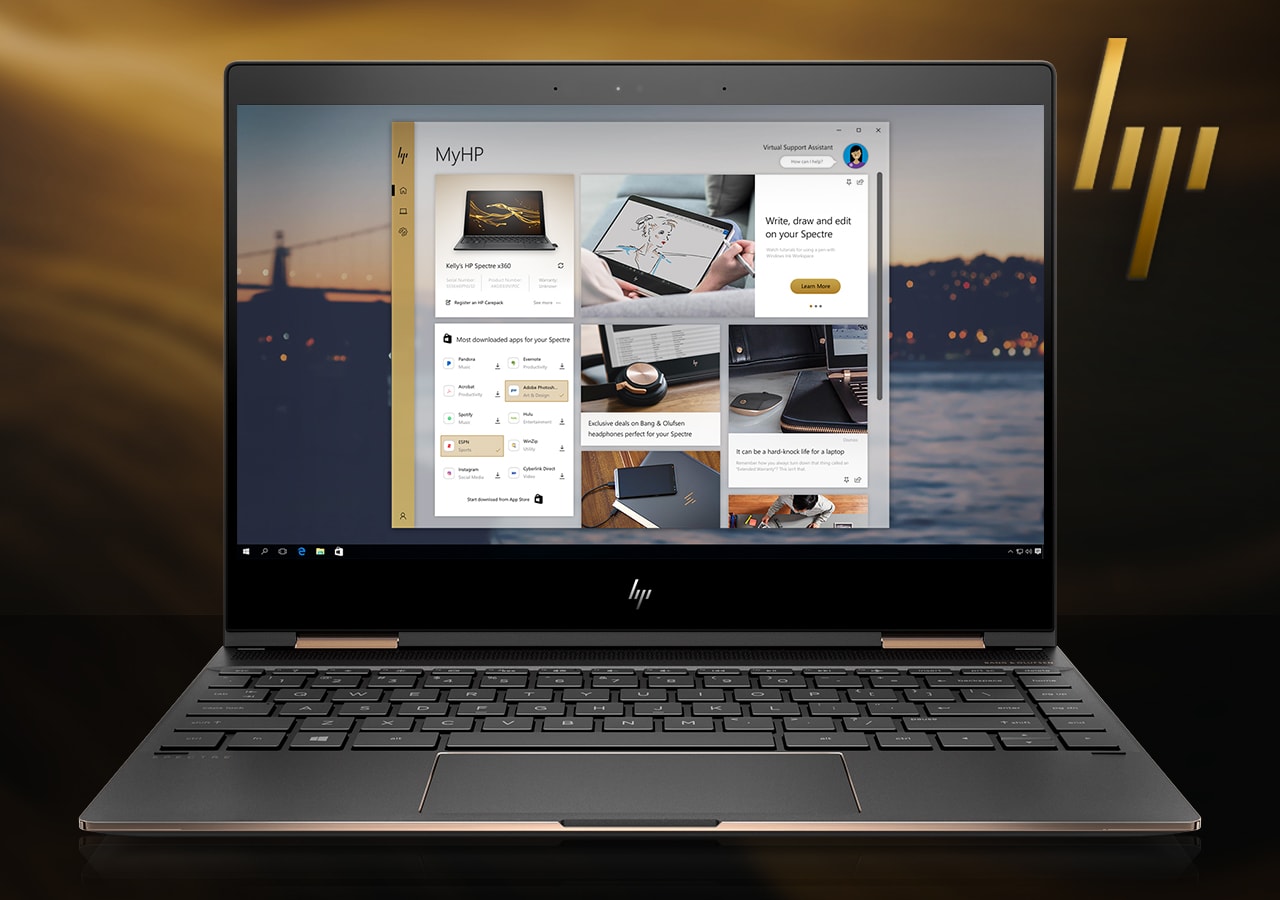Product Design
HP Companion App
A desktop and mobile app that supports and helps you preserve the life of your HP computer for all the years to come.
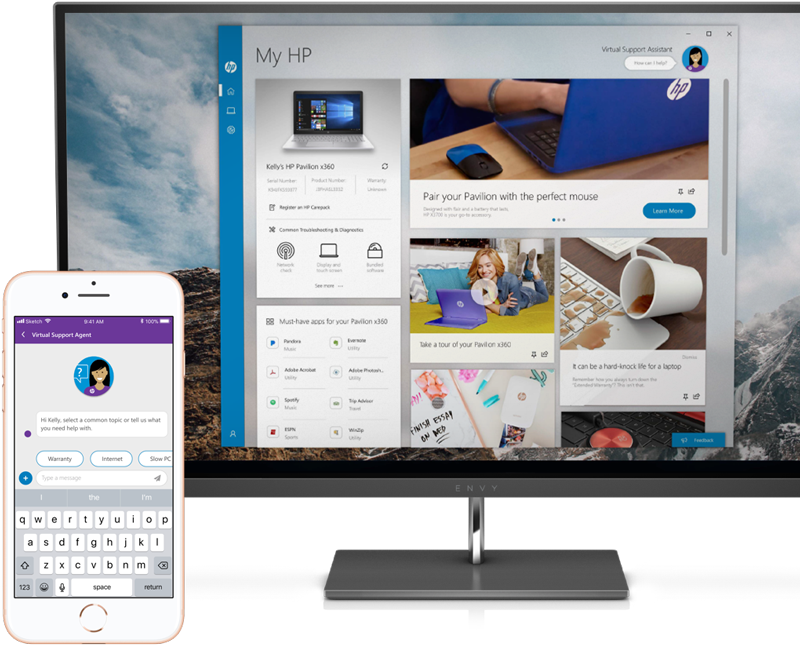
About
Although HP is primarily known for their hardware, I was part of the Customer Experience Portfolio Strategy (CEPS) team working on PC software experiences. CEPS aims to provide software experiences that are as innovative and seamlessly beautiful as their hardware products.
Role
Lead Product Designer: UX strategy, Wireframing, Visual & Interaction Design, Prototyping, Interim Product Manager.
Team
Andrea Hock, Visual Design Support
Danielle Dijamco, Lead UX Researcher
Christine Dion, Content Strategist
Let's make today better than it was yesterday.
Let's make today better than it was yesterday.
Background
At the time that I joined the team, there were two apps that coexisted with separate missions. HP JumpStart is a welcome application that helps you get set up and learn more about your PC. HP Support Assistant provided troubleshooting and diagnostic tools for your device. Our team evaluated our software experiences by surveying HP users about how they use their computers. We learned that most people were confused about all of the different software suites from HP. It was unclear what purpose each application fulfilled.
Identifying Pain Points
Aside from the need to unify the software experiences, other problems existed among each product that was adopted by MyHP.
- There was a gap between the potential of HP users and the potential of HP hardware (HP JumpStart)
- Support calls are expensive for the business to manage (HP Support Assistant)
- Windows users consider pre-installed apps negatively as "bloatware" and avoid engaging with them altogether
Combining Two Experiences Into One
Pain Points = Design Opportunities
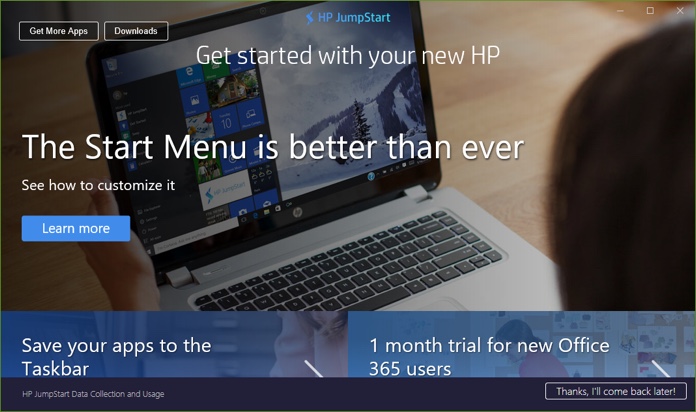
HP JumpStart
Most users identified this application as a one-time use setup experience. It was also overwhelmingly perceived as a heavy marketing push from HP. As such, its UI was inconsistent and navigation was confusing to users.
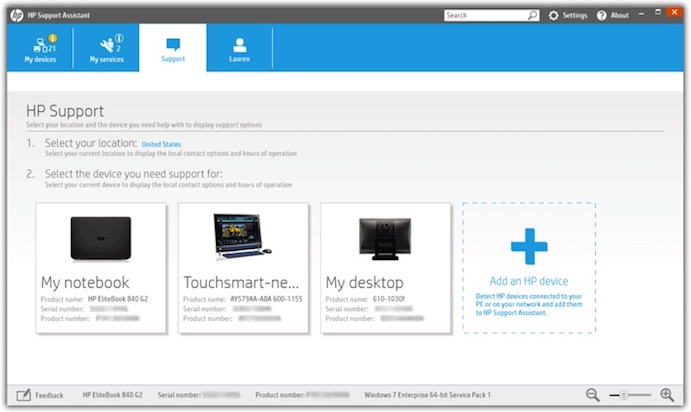
HP Support Assistant
Many users reported their experience with HPSA as negative due to their constant notifications that was described as intrusive and annoying. However, users who actually used the app to its full extent were pleased with the functionality, but felt the application was hard to navigate.
How might we consolidate HP software experiences and establish a new single destination to help our users get support throughout the lifecycle of their PC?
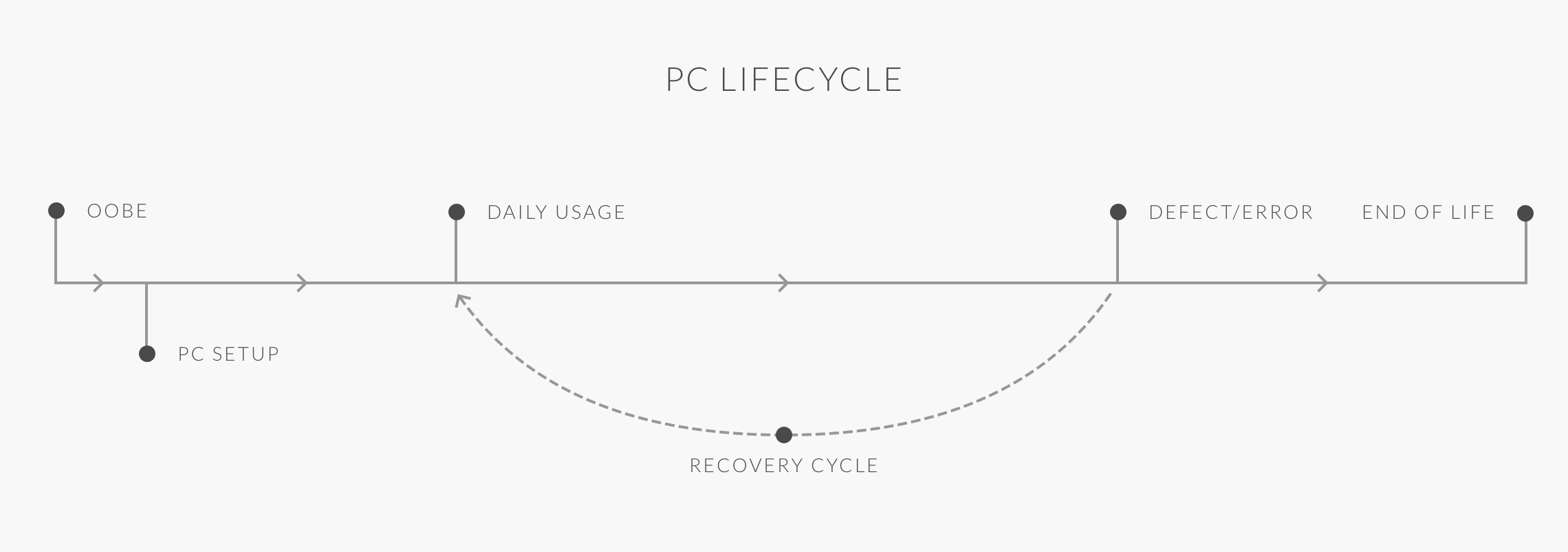
Solution Hypothesis
We identified three events in the user’s journey that our product can engage with. To set up your PC, our product will help you with personalization and protection. During day-to-day usage, it will help users stay productive with tips and tricks. And in the event that something goes wrong, the product will help detect, diagnose and troubleshoot so you can go back to your daily use.
Product Goals
- Cost Avoidance/Quick Support: Providing tools, diagnostics and tips to users so they can get the direct help they need without having to call HP support, saving money for the company.
- Inspiring Curiousity: Encouraging our users to learn new things about their PC every day, so they become more productive as advocates for HP.
- Helpful Monetization: Suggest relevant recommendations based on PC usage, system events and other triggers to make money while helping users.
MyHP Sitemap
I led a content audit workshop where our team evaluated the current content to identify if it is still relevant for the new product's business and user goals. I used the insight from this workshop to develop the information architecture and content strategy. After a few rounds of critique and iteration, the sitemap was created to help influence ideation sketches and wireframes.
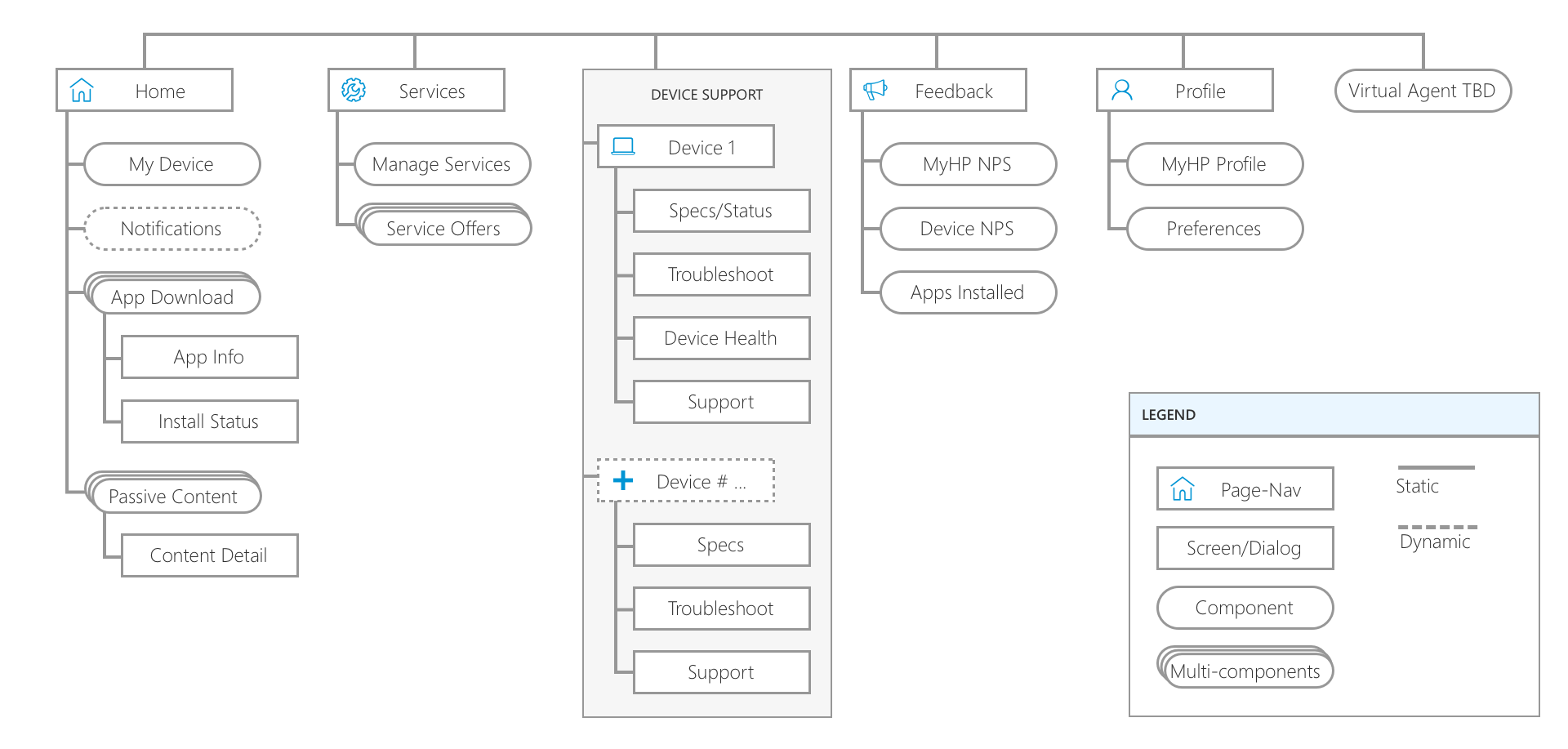
Content System Map
There was a huge design dependency on the technology and business logic that drove the content strategy of MyHP. In order to fully spec out this product, it required a lot of expertise in understanding the backend services that support the app. Scenarios had to be scoped out in advance and we relied heavily on the content team during our ideation phase.
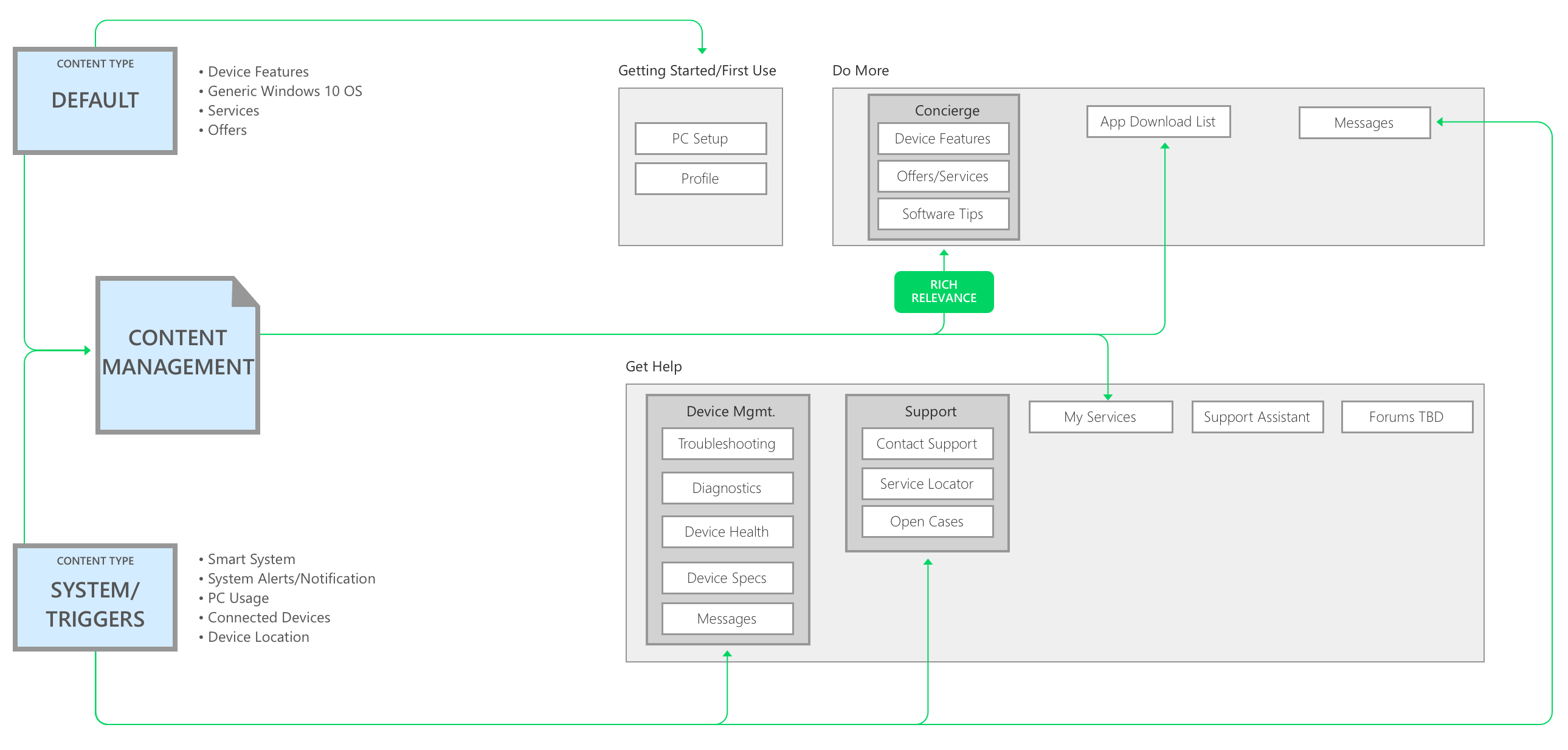
Process: Sketching
I took inspiration from other productivity and high-content apps such as Apple's App Store, Netflix, Xbox, Medium, and Google Now. MyHP aims to aggregate and curate articles, videos, and other help topics. These apps served as inspiration in content organization, hierarchy and brevity.

Process: User Research

Desirability Testing
After a few iterations of wireframes, I worked with our User Researcher and Visual Designer to develop concepts for testing. We wanted to first, gauge a visual design direction and second, test participant's understanding of the product's intent. We created four concept screens in Invision that we showed to six in-person participants.
Process: Visual Design

Completely Personalized Experience
Application Themes and Curated Content
Every experience for MyHP users is completely unique from each other. The device you are on will determine your default theme, which can then be changed out depending on your mood. But not only that, every piece of content is driven by system triggers that help personalize your homepage. Connected accessories, the apps you use and the performance of your PC are just a few examples of how the application would target specific articles, tips and deals.
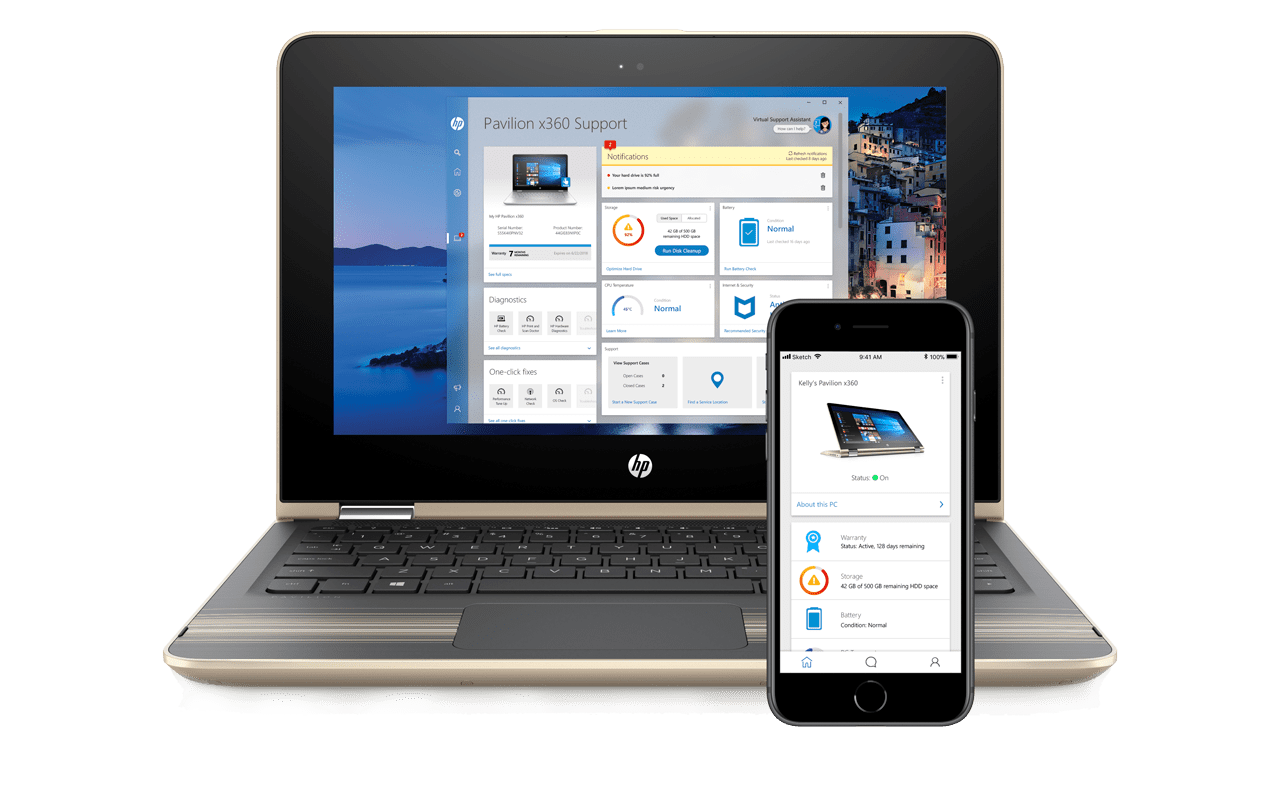
In Retrospect
Before I left my role at HP, I was able to deliver and launch a beta version of MyHP that only supported a minimal feature set. I also delivered about 80% of the product's interaction and visual design for native desktop and mobile before my departure. Although I was not able to see the final results of the product, this was the largest and most complex product I had the opportunity to lead and own.

